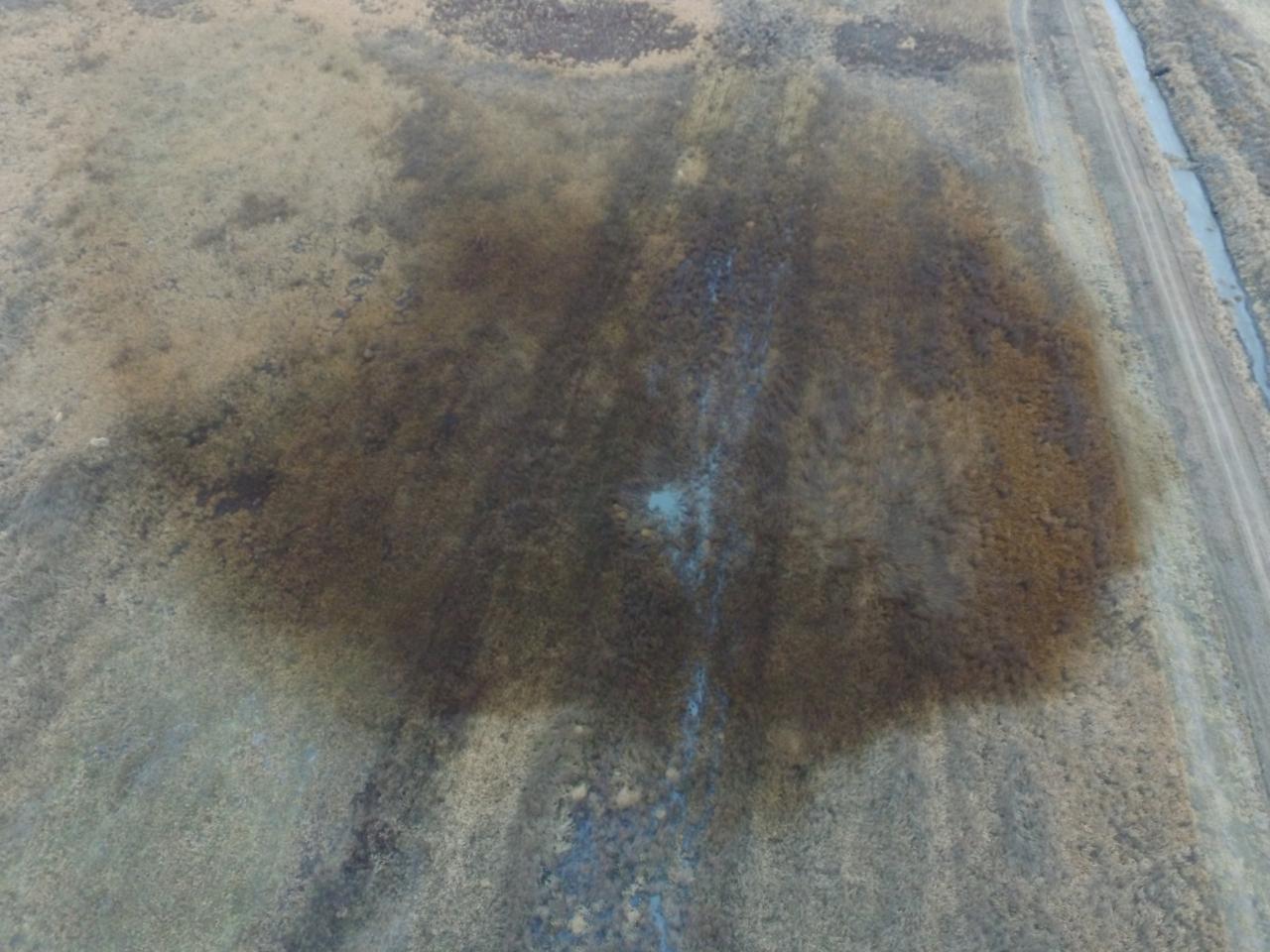Keystone pipeline spill pushes oil higher, fuels TransCanada opponents

A major oil spill on the Keystone pipeline in South Dakota helped push U.S. crude prices higher on Friday, while fueling opposition to another pipeline project by owner TransCanada Corp that faces a crunch decision in Nebraska next week.
The climb in U.S crude futures and slide in Canadian heavy crude prices, as well as TransCanada Corp shares, came the day after the 5,000 barrel spill, tied for this year’s largest pipeline leak in the United States.
No date has been set for reopening Keystone, TransCanada said, adding that a media report that had identified a restart date was incorrect.
The spill gave further ammunition to environmental groups and other U.S. opponents of another pipeline the company has proposed, the long-delayed Keystone XL.
Keystone carries 590,000 barrels per day of crude from Alberta’s oil sands to markets in the United States. The state of Nebraska was set to decide on Monday whether to approve Keystone XL.
On Thursday, Calgary, Alberta-based TransCanada said it had contained the leak in the town of Amherst, South Dakota, and was investigating the cause. It said the pipeline will be shut until it gets approval to restart from the U.S. Pipeline and Hazardous Materials Safety Administration (PHMSA).
“It’s not a tiny spill by any means,” said Kim McIntosh, environmental scientist manager at the South Dakota Department of Environment and Natural Resources. McIntosh said it may take longer than usual for the company to determine the extent of contamination, a process that usually takes days.
The last Keystone pipeline spill recorded was about 400 barrels of oil in Hutchinson County, South Dakota, in April 2016. “The 2016 release took around 10 months to clean up; this will take longer,” said McIntosh. “I can’t predict whether it will take 20 months or 12 months.”
In Nebraska, Keystone XL opponents seized on the spill as an example of its environmental risks.
“Pipelines are basically plumbing; and plumbing leaks. It comes as no surprise,” said Tom Genung, who lives near the proposed Keystone XL route in Holt County, Nebraska.
An aerial view shows the darkened ground of an oil spill which shut down the Keystone pipeline between Canada and the United States, located in an agricultural area near Amherst, South Dakota, U.S., in this photo provided November 18, 2017. Courtesy DroneBase/Handout via REUTERS
The Nebraska Public Service Commission, or PSC, is scheduled to announce a decision on Monday on Keystone XL. Its decision focuses narrowly on whether the pipeline is in the public interest, and not on environmental issues, which it is not allowed to consider.
Art Tanderup’s family farm in Neligh, Nebraska, lies in the path of the 830,000 bpd Keystone XL project. He said the proposed XL pipeline would be built over huge swaths of porous, sand-like soil atop the Ogallala aquifer, putting farmers and ranchers at risk of water contamination if a spill occurs.
”We would have so much crud and chemicals in the Ogallala aquifer that we could never clean up,” he said.
FILE PHOTO - A TransCanada Keystone Pipeline pump station operates outside Steele City, Nebraska March 10, 2014. REUTERS/Lane Hickenbottom/File Photo
TransCanada shares closed down 0.9 percent on the Toronto Stock Exchange at C$62.54.
The South Dakota spill ties with January’s spill from the Seaway pipeline near Trenton, Texas, for the largest U.S. crude oil pipeline spill in 2017, U.S. data showed.
TransCanada spokesman Terry Cunha said the company is assisting with the storage of crude in Hardisty, where Keystone originates, and that it regrets the impact caused to customers.
U.S. West Texas Intermediate crude ended up $1.41, or 2.6 percent, at $56.55 a barrel. Traders said the shut-in would add to bullish sentiment due to fewer barrels going into Cushing, Oklahoma, the delivery point of the WTI contract. The WTI prompt spread (CLc1-CLc2) narrowed by as much as 8 cents.
If the pipeline is shut for a week, it would affect at least 2 million barrels of crude going into Cushing, according to estimates by traders. The pipeline also brings oil into Patoka, Illinois.
Export pipeline shutdowns also pressure the price of Canadian crude because barrels get bottle-necked in Alberta.
The discount for Western Canada Select for January delivery in Hardisty, Alberta, widened to $16.00 per barrel below the West Texas Intermediate benchmark, according to Shorcan Energy brokers. On Thursday, January barrels settled at $15.50 per barrel below U.S. crude.
Additional reporting by Ethan Lou in Calgary, Alberta, Valerie Volcovici in Washington and Catherine Ngai in New York; Editing by David Gregorio